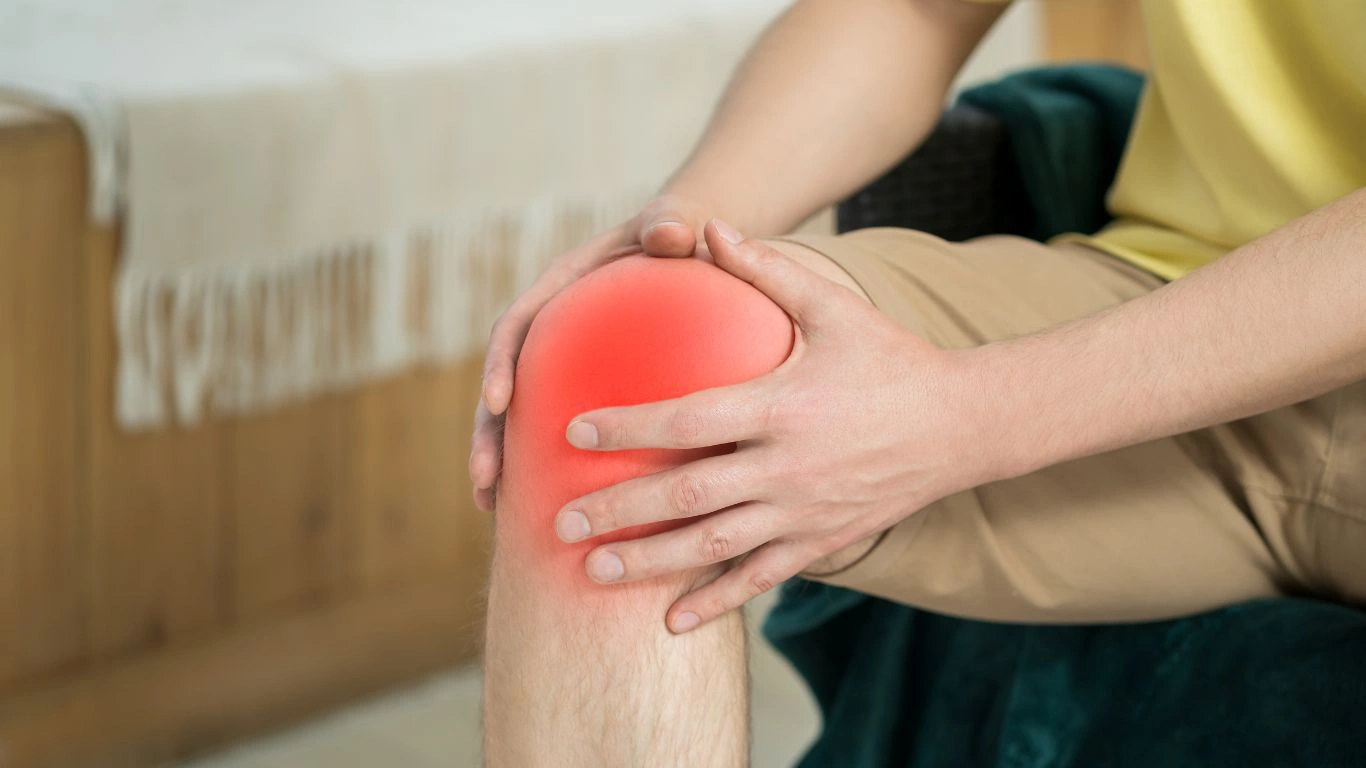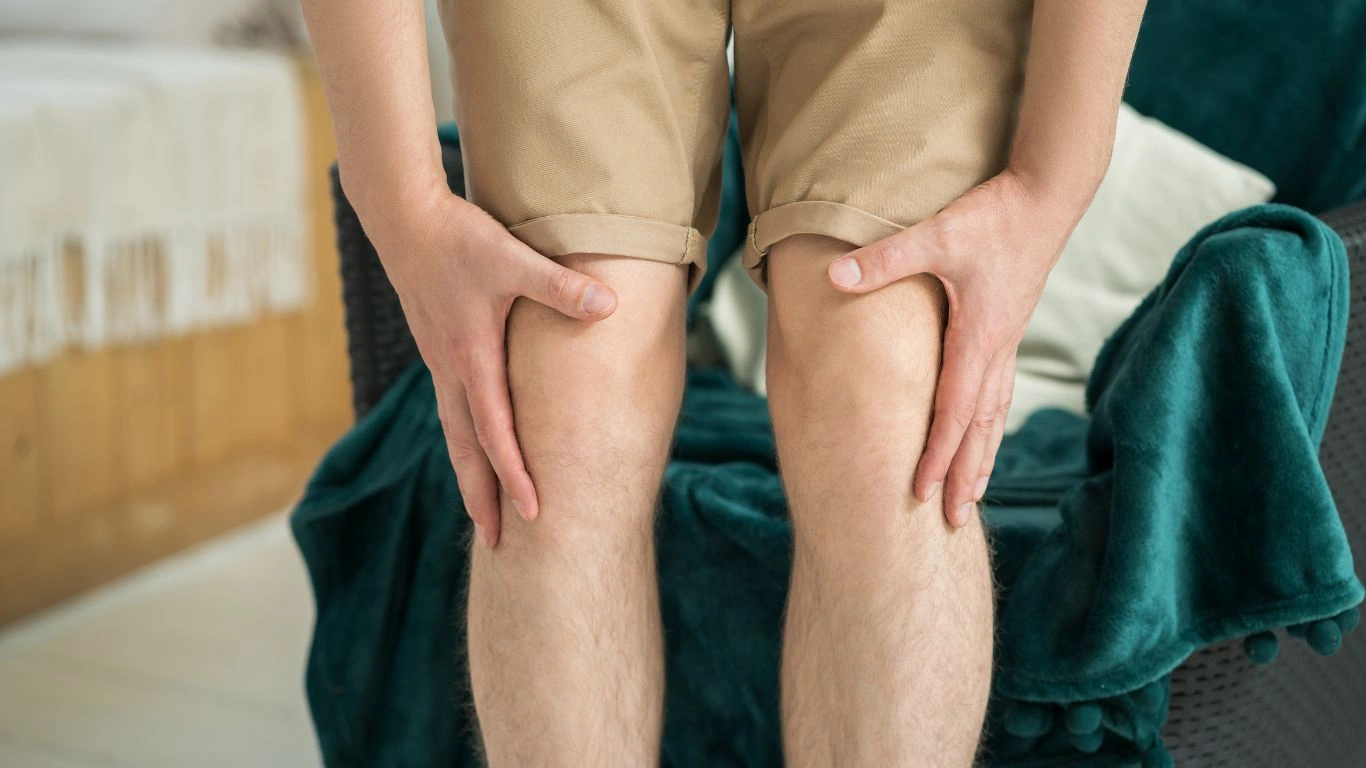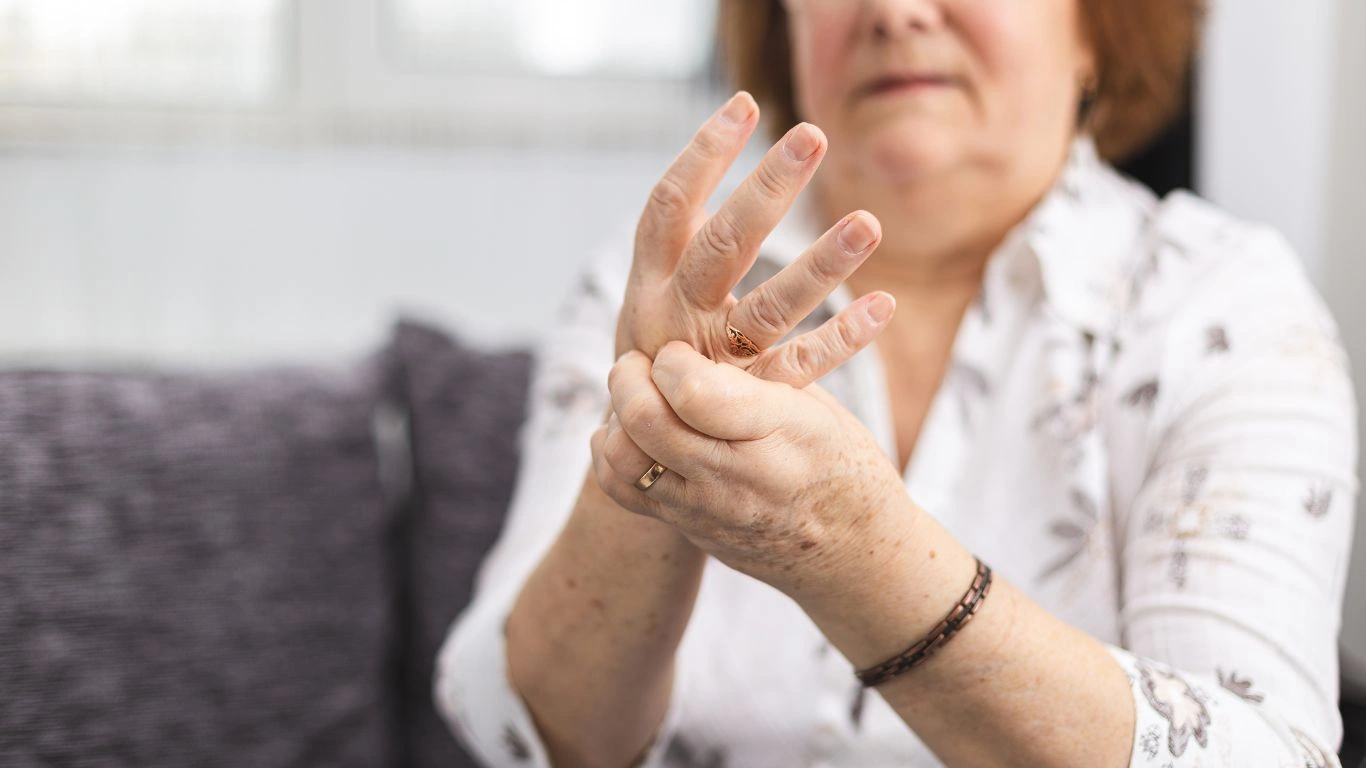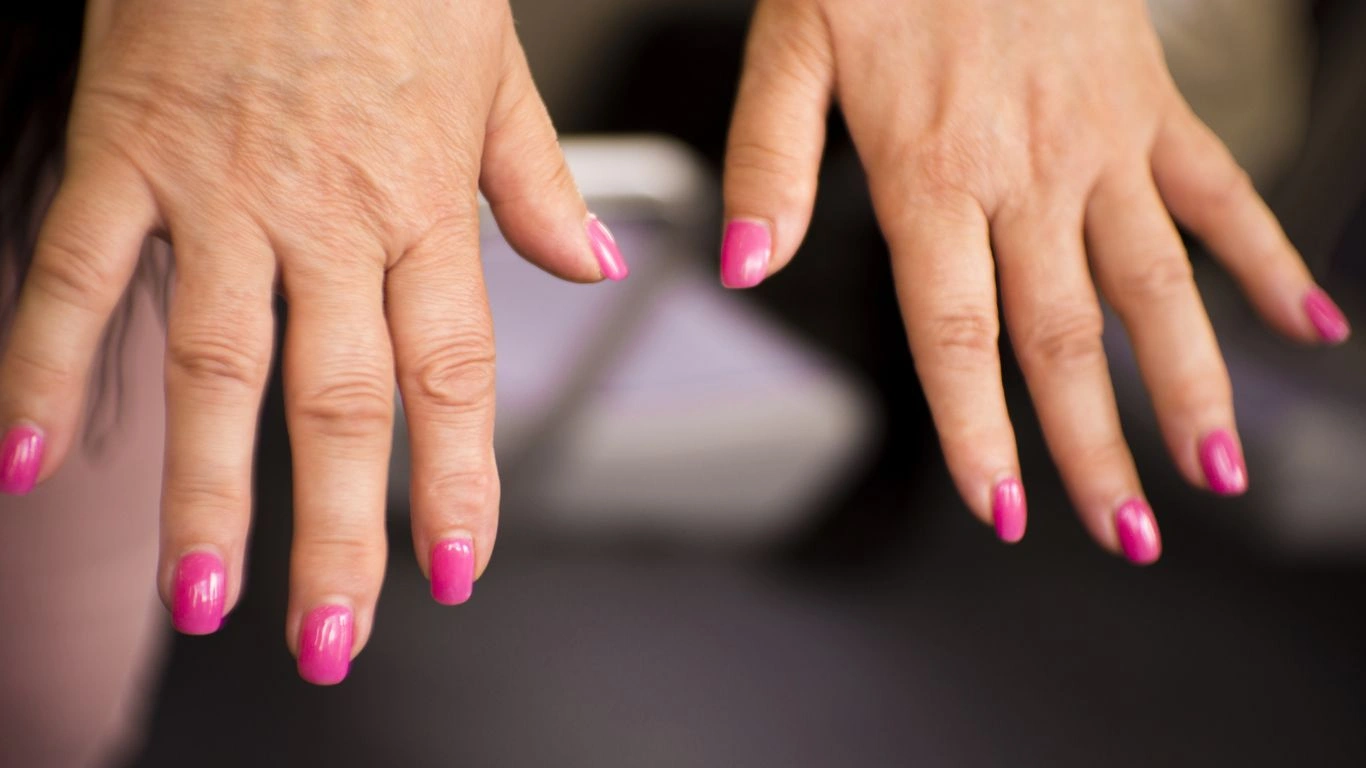Discover Powerful Pain Management Tools for Rheumatoid Arthritis Relief
Pain management is one of the biggest challenges for those living with rheumatoid arthritis (RA). As a Rheumatology Nurse Practitioner, I’ve seen firsthand how this condition can make even the simplest daily tasks feel impossible. The pain, stiffness, and swelling associated with RA can be debilitating. But, over the years, I’ve also witnessed how effective pain management tools can significantly improve a patient’s quality of life. In this post, I’ll dive into some of the most effective strategies for managing RA pain, offering tips and insights based on my experience. From medications to lifestyle changes, there are numerous options available that can help you take control of your symptoms.
Understanding Rheumatoid Arthritis Pain
Rheumatoid arthritis is an autoimmune condition that primarily affects the joints, causing inflammation and pain. But what makes RA pain particularly challenging is its unpredictability. One day, you might feel relatively okay, and the next, you’re hit with a flare-up that leaves you barely able to move. This variability means that having a well-rounded approach to pain management is key.

What Triggers RA Pain?
The cause of RA pain is the inflammation of the synovium—the lining of your joints. This inflammation leads to pain, swelling, and eventually joint damage if not properly managed. But there are various factors that can trigger a flare-up:
- Stress: Emotional stress can exacerbate inflammation, making the pain feel worse.
- Weather Changes: Cold or damp weather is a well-known culprit for increasing joint pain.
- Overexertion: Too much physical activity without enough rest can trigger or intensify symptoms.
- Infections: Any infection can increase inflammation levels and bring on a flare.
Pain Management Tools for Rheumatoid Arthritis
Managing RA pain requires a combination of treatments and lifestyle adjustments. As a nurse practitioner, I’ve worked with many patients to develop personalized pain management plans. Below are some of the most common pain management tools that have helped my patients find relief.
Medications: The Foundation of Pain Control
For many people with rheumatoid arthritis, medications are an essential part of pain management. The goal is to reduce inflammation, manage symptoms, and prevent joint damage. The types of medications I often recommend to my patients include:
- Nonsteroidal Anti-Inflammatory Drugs (NSAIDs): These over-the-counter drugs are often the first line of defense. They help reduce inflammation and alleviate pain, making it easier to move around.
- Disease-Modifying Anti-Rheumatic Drugs (DMARDs): DMARDs, like methotrexate, are crucial for slowing down the progression of RA. They can help reduce long-term pain by targeting the underlying disease process.
- Biologics: For patients who don’t respond well to traditional DMARDs, biologic drugs are an option. These medications target specific parts of the immune system responsible for causing inflammation in RA.
- Corticosteroids: In certain cases, corticosteroid injections can offer short-term relief from pain and inflammation. However, these should be used sparingly to avoid side effects.

Physical Therapy: Strengthening Your Joints
Physical therapy (PT) is another powerful tool in managing RA pain. When your joints are inflamed, you may avoid movement, which can lead to muscle weakness and stiffness. Working with a physical therapist can help you regain mobility and strength while also reducing pain.
Common PT techniques include:
- Stretching Exercises: These help improve flexibility, reduce stiffness, and keep joints from becoming too tight.
- Strengthening Exercises: Building up the muscles surrounding your joints can help absorb some of the pressure, taking some of the load off your affected joints.
- Heat and Cold Therapy: Applying heat or cold to your joints can provide temporary relief by reducing inflammation or soothing sore muscles.
Assistive Devices: Small Changes, Big Impact
Sometimes, the right tools can make a world of difference. Assistive devices are designed to make daily activities easier and less painful. They range from simple gadgets like jar openers and ergonomic handles to more advanced items like custom-made orthotic shoes. Some devices I recommend to my patients include:
- Braces: Joint braces can help stabilize affected areas and reduce pain by providing additional support.
- Walking Aids: Crutches, canes, or walkers can help reduce the strain on your joints, especially during a flare-up.
- Ergonomic Tools: Tools like specially designed pens, grips, and keyboards can make daily tasks easier and reduce the stress on your joints.

Lifestyle Adjustments: Beyond Medication
While medications and physical therapy are critical, lifestyle changes can also play a major role in managing pain. Sometimes, a holistic approach—incorporating changes in diet, exercise, and mental health—can be just as effective as medication. In the next sections, we’ll explore how making small adjustments in your routine can provide lasting relief.
Lifestyle Adjustments for Better Pain Control
When it comes to managing rheumatoid arthritis (RA) pain, medications and physical therapy are just one part of the equation. Over the years, I’ve noticed that some of the most significant improvements come from simple lifestyle changes. A well-rounded approach to managing RA pain doesn’t just rely on pills and treatments—sometimes, it’s about making small shifts in your daily routine that can have a big impact on how you feel. Let’s dive into some of the most effective lifestyle adjustments I’ve seen in my practice that can help you better control your RA pain.

Maintaining a Healthy Diet: Fueling Your Body for Pain Relief
We’ve all heard the saying “you are what you eat,” but when you have RA, what you eat truly becomes even more important. A balanced, anti-inflammatory diet can help manage pain levels, reduce swelling, and even improve joint mobility. I’ve had many patients report less pain and more energy after adjusting their diet, so here are some key foods to consider:
- Omega-3 Fatty Acids: Foods like salmon, flaxseeds, and walnuts are packed with omega-3s, which can help reduce inflammation. I recommend incorporating these into your diet regularly to help soothe your joints.
- Fruits and Vegetables: Bright-colored fruits and veggies, like berries, spinach, and broccoli, are rich in antioxidants, which help fight inflammation. Aim for a rainbow on your plate!
- Whole Grains: Whole grains like quinoa, brown rice, and oats contain fiber, which can help manage inflammation by reducing C-reactive protein (CRP) levels in the body. A simple swap from refined carbs to whole grains can make a noticeable difference.
- Avoiding Processed Foods: Reducing or eliminating processed foods and sugar can help lower inflammation. These foods tend to increase pain and stiffness, so it’s a good idea to limit their intake when managing RA.
Exercise: Move Your Body, Relieve the Pain
When you’re dealing with RA, it might seem counterintuitive to exercise—after all, your joints are already inflamed, so why add more strain? But trust me, movement is one of the best things you can do for yourself. Regular exercise, particularly low-impact activities, can help keep your joints flexible, reduce stiffness, and manage pain. I’ve worked with so many patients who initially hesitated to start, but later thanked me for encouraging them to incorporate movement into their daily routines.
Here are a few exercise recommendations that can be especially beneficial:
- Walking: A low-impact, easy exercise that can help reduce stiffness without putting extra pressure on your joints. I often tell my patients to start slow and gradually build up their stamina.
- Swimming: Water exercises are fantastic because the buoyancy of the water supports your body weight, reducing stress on your joints. Whether it’s water aerobics or simply swimming laps, this is an excellent choice for RA sufferers.
- Yoga: Yoga is great for improving flexibility, strengthening muscles, and promoting relaxation. Many patients have shared that regular yoga practice helps them manage pain and find mental clarity amidst flare-ups.
- Strength Training: Light strength training, such as using resistance bands, can help strengthen the muscles around your joints, reducing the pressure on them and potentially decreasing pain.
The Mind-Body Connection: Mental Health and RA Pain
RA pain is not just physical—it can take a serious toll on your mental health too. Managing stress and practicing mindfulness are essential components of any pain management strategy. In my years as a nurse practitioner, I’ve seen how important it is to address the emotional side of chronic pain. High levels of stress and anxiety can make RA pain feel even worse, so finding ways to calm your mind can help you better cope with flare-ups and discomfort.

Mindfulness and Relaxation Techniques
Incorporating relaxation techniques into your routine can lower stress, help you manage flare-ups, and potentially even improve your sleep, which is crucial for healing. Some techniques that I’ve found helpful for my patients include:
- Deep Breathing Exercises: Deep breathing helps activate the parasympathetic nervous system, which promotes relaxation and reduces the body’s response to pain. Taking five minutes to practice slow, deep breaths can help reset your stress levels.
- Meditation: A daily meditation practice, even if it’s just for 10 minutes, can significantly reduce stress. There are many apps and online resources to help you get started with guided meditations.
- Progressive Muscle Relaxation: This technique involves tensing and relaxing different muscle groups to reduce overall muscle tension. It’s been proven to decrease the perception of pain, so give it a try the next time you’re feeling particularly stiff.
Sleep Hygiene: Rest Is Essential for Pain Management
Another area where many of my patients struggle is with sleep. RA pain can interfere with a good night’s rest, which in turn can make pain worse the next day. Sleep is essential for reducing inflammation, managing pain, and giving your body the rest it needs to heal. Here are a few tips to improve your sleep hygiene:
- Stick to a Routine: Go to bed and wake up at the same time every day, even on weekends. This helps regulate your body’s internal clock and improves the quality of your sleep.
- Optimize Your Sleep Environment: Make your bedroom a calm, restful place. Keep it cool, dark, and quiet, and avoid screen time at least an hour before bed.
- Limit Caffeine and Alcohol: Both caffeine and alcohol can interfere with sleep, so try to cut back—especially in the hours leading up to bedtime.

Complementary Therapies: Exploring Alternative Options
In addition to conventional treatments, many RA patients find relief from complementary therapies. While these options are not a substitute for traditional medications or therapies, they can be an excellent addition to your pain management toolkit. Based on my experience, several complementary therapies have been quite beneficial for RA patients looking for alternative methods to ease their pain.
- Acupuncture: Some patients find acupuncture helpful in managing RA pain. The process involves inserting thin needles into specific points on the body to stimulate the nervous system and promote pain relief.
- Massage Therapy: Gentle massage can help increase circulation, reduce muscle tension, and improve overall flexibility, all of which can help manage pain in the affected joints.
- Herbal Supplements: Certain herbs like turmeric and ginger have natural anti-inflammatory properties. While it’s important to speak with your healthcare provider before trying any herbal supplements, many patients report experiencing less pain and stiffness after incorporating these into their regimen.
Managing Flare-Ups: Tips for Getting Through Tough Times
Even with the best pain management strategies in place, there will be times when rheumatoid arthritis flares up. It’s something we can all expect at some point, and when it happens, it can feel like you’re back at square one. But here’s the thing: flare-ups don’t have to mean complete misery. They’re tough, no doubt, but with a little preparation and the right tools, you can minimize the impact of a flare and get back to feeling like yourself sooner rather than later. Based on my experience working with RA patients, here are some tried-and-true tips to manage flare-ups and make them a little more manageable.

Recognize Early Warning Signs
Knowing the early signs of a flare-up can help you act quickly, minimizing pain and inflammation before they become unbearable. In my practice, many patients tell me that they start to notice subtle changes in their body before a flare gets worse. These can include:
- Increased stiffness: You might notice that it’s a bit harder to get out of bed in the morning or that you’re more stiff than usual when you wake up.
- Heightened pain levels: The discomfort you feel in your joints may begin to increase, making everyday activities harder to perform.
- Fatigue: Feeling more tired than usual, even if you’ve had a good night’s sleep, is a common sign of an impending flare-up.
If you recognize these signs early, it’s crucial to take action immediately. Consider adjusting your activity level, increasing your anti-inflammatory foods, or reaching out to your healthcare provider to adjust your treatment plan if necessary.
Implement Rest and Recovery Techniques
When you’re in the midst of a flare-up, rest is crucial. Pushing through the pain can often make things worse, which is something I’ve seen many times in my practice. Instead, allow yourself the time to rest and recover. I always tell my patients, “Your body needs to heal, so give it the rest it deserves.” This might mean adjusting your daily routine, incorporating more downtime, or even taking a short break from physical therapy exercises until your flare subsides.
Some other recovery tips I suggest include:
- Heat and Cold Therapy: Alternating between hot and cold packs can provide temporary relief for stiff and inflamed joints. Heat helps relax tense muscles, while cold can reduce swelling.
- Gentle Stretching: While you shouldn’t overdo it, light stretching can help keep your joints flexible during a flare. It’s important not to push yourself too hard, but gentle movements can help prevent stiffness from worsening.
- Massage Therapy: A gentle massage around the affected area can improve circulation and reduce muscle tension. Be sure to communicate with your massage therapist about your specific needs to avoid any excessive pressure on sensitive joints.
Creating a Long-Term Pain Management Strategy
When it comes to managing rheumatoid arthritis, the key is consistency. RA is a chronic condition, which means that ongoing management is essential for reducing long-term pain and preventing joint damage. Based on my experience as a nurse practitioner, a comprehensive pain management strategy that combines medication, lifestyle changes, and regular follow-ups with your healthcare provider will help you live your best life despite your RA.
Partnering with Your Healthcare Team
Your healthcare team, including your rheumatologist, physical therapist, and pain management specialist, should be your partners in managing RA. Regular check-ins with your doctor can help ensure that your treatment plan is working and that your medications are properly adjusted based on how you’re feeling. Never hesitate to speak up about new symptoms or changes in your pain levels. In my experience, patients who stay engaged with their healthcare providers tend to have the best long-term outcomes.
One thing that I’ve found incredibly important is open communication. Don’t be afraid to let your doctors know if something isn’t working, whether it’s a medication, a therapy, or an exercise plan. There’s always room for adjustments to make sure you’re comfortable and that your treatment plan aligns with your goals. It’s all about finding what works for you and sticking with it.
Consistency Is Key with Pain Management Tools
Managing rheumatoid arthritis pain is a marathon, not a sprint. The tools you use—whether that’s medication, physical therapy, dietary changes, or alternative treatments—are most effective when used consistently over time. As I tell my patients, “It’s about creating a routine that works for you and sticking to it, even when things feel better.”
Here’s what I recommend for maintaining a sustainable RA pain management routine:
- Set Realistic Goals: Understand that managing RA pain is an ongoing process. Set small, achievable goals that you can build on over time. Whether it’s improving your range of motion or reducing your pain by a certain percentage, setting these goals can give you something tangible to work toward.
- Track Your Symptoms: Keeping a symptom diary can help you identify patterns and triggers. This can also help your healthcare provider make more informed decisions about your treatment plan.
- Maintain Healthy Habits: Don’t let good habits slide when you feel better. Keep up with regular exercise, a healthy diet, and your stress-reduction techniques to prevent flare-ups and manage pain effectively.

References and Resources
For more information on managing rheumatoid arthritis, I recommend checking out some trusted resources:
- Health Google – Offers a wealth of information on RA treatment options, including medications and lifestyle tips.
- American College of Rheumatology – Provides resources on the latest RA research, treatment guidelines, and more.
- Arthritis Foundation – A comprehensive source for RA support, from symptom management to emotional well-being.
Disclaimer
The information in this article is provided for informational purposes only and is not intended as medical advice. Always consult with your healthcare provider before making changes to your treatment plan. Your healthcare team is best positioned to help you manage your rheumatoid arthritis and provide personalized advice based on your individual needs.

Tarra Nugroho is a dedicated Nurse Practitioner with a strong foundation in family and preventive care. She brings both compassion and clinical expertise to her practice, focusing on patient-centered care and health education. As a contributor to Healthusias.com, Tarra translates medical knowledge into clear, empowering articles on topics like women’s health, chronic disease management, and lifestyle medicine. Her mission is simple: help people feel seen, heard, and informed—both in the clinic and through the content she creates. When she’s not caring for patients, Tarra enjoys weekend hikes, plant-based cooking, and curling up with a good health podcast.






